Case Study: Distracted OOW Goes Off Track, Results Ship Grounding
A small coastal trader was underway in darkness and calm seas at a speed of almost 8kt. There was a change of officers on the bridge. At the time, the vessel was on autopilot ‘track mode’ steering.
This mode applies the necessary helm to follow the track selected on the ECDIS. The relieving OOW deselected track mode steering and switched to ‘course to steer’ mode, setting the heading at 279°.
The OOW then sat in the chair on the port side of the bridge and started watching music videos that were being streamed to his mobile phone via wi-fi. About two hours later, the OOW looked at the radar display and realized that the vessel was to port of the planned track.
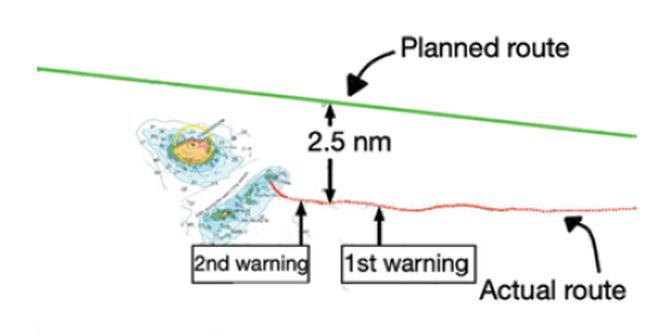
On the radar, he also observed two small islands ahead of the vessel and decided to proceed between them, more or less on his present course, with a plan to alter course to starboard afterward to regain the planned track.
About 30 minutes later, a local coastguard officer warned the OOW by VHF radio that the vessel was running into danger. The OOW acknowledged the call but did not change the course. Some nine minutes later, the local VTS officer, having observed that the vessel was still heading into danger, called the vessel and issued a second warning. During this conversation with the VTS officer, the OOW reduced the range scale on the port radar and added a chart overlay to the display. He then realized that his plan to pass between the two islands was unsafe because there was a shallow reef between them. He quickly selected hand-steering and put the rudder full to starboard in an attempt to steer away from danger.
The vessel grounded nonetheless at a speed of 7kt. Seconds before grounding, the ECDIS depth alarm sounded as the vessel crossed over the 10m depth contour. Some three days later, after a partial cargo discharge, the vessel was refloated and brought to a safe haven.
Lessons learned
- A planned route is usually safer than an improvised one. Stick to your planned route.
- Avoid distractions while on watch – navigate your vessel.
- If a shore authority calls your ship to say you are running into danger, call the Master immediately and evaluate your position with care.
Reference: nautinst.org
Do you have info to share with us ? Suggest a correction
About Author
Marine Insight News Network is a premier source for up-to-date, comprehensive, and insightful coverage of the maritime industry. Dedicated to offering the latest news, trends, and analyses in shipping, marine technology, regulations, and global maritime affairs, Marine Insight News Network prides itself on delivering accurate, engaging, and relevant information.

About Author
Marine Insight News Network is a premier source for up-to-date, comprehensive, and insightful coverage of the maritime industry. Dedicated to offering the latest news, trends, and analyses in shipping, marine technology, regulations, and global maritime affairs, Marine Insight News Network prides itself on delivering accurate, engaging, and relevant information.
- Real Life Incident: Vessel Collision in Good Visibility
- Real Life Incident: Severe Injury To Deck Crew While Leaving Berth
- Real Life Incident: Departure Damage in Very Restricted Waterway
- Real Life Incident: Low Situational Awareness Has High Impact Consequence
- Real Life Incident: Fouled Anchor in a Designated Anchorage
- Real Life Incident: Fire On Barge Carrying Scrap Metal Causes $7 Million Worth Of Damage
Latest Case studies Articles You Would Like:
Subscribe To Our Newsletters
By subscribing, you agree to our Privacy Policy and may receive occasional deal communications; you can unsubscribe anytime.










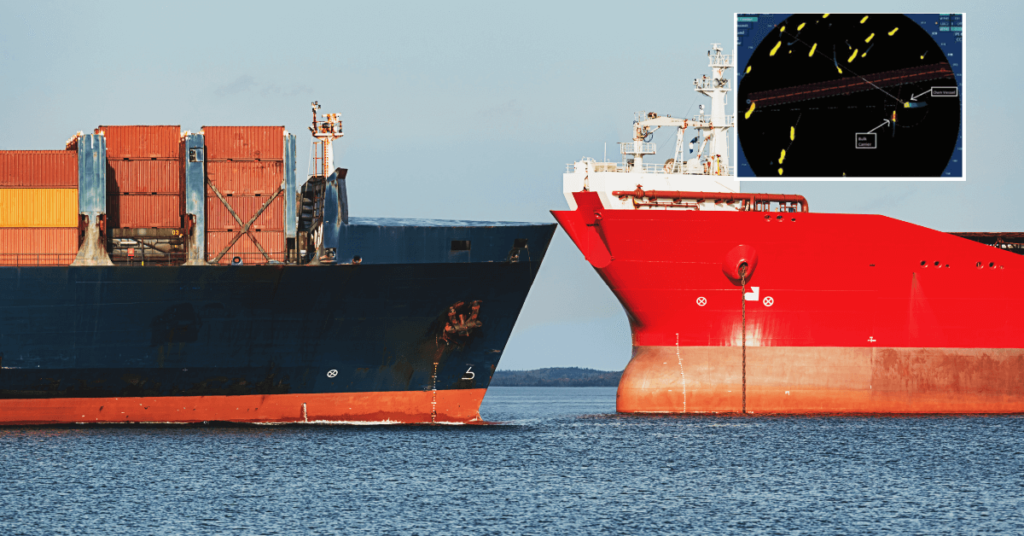
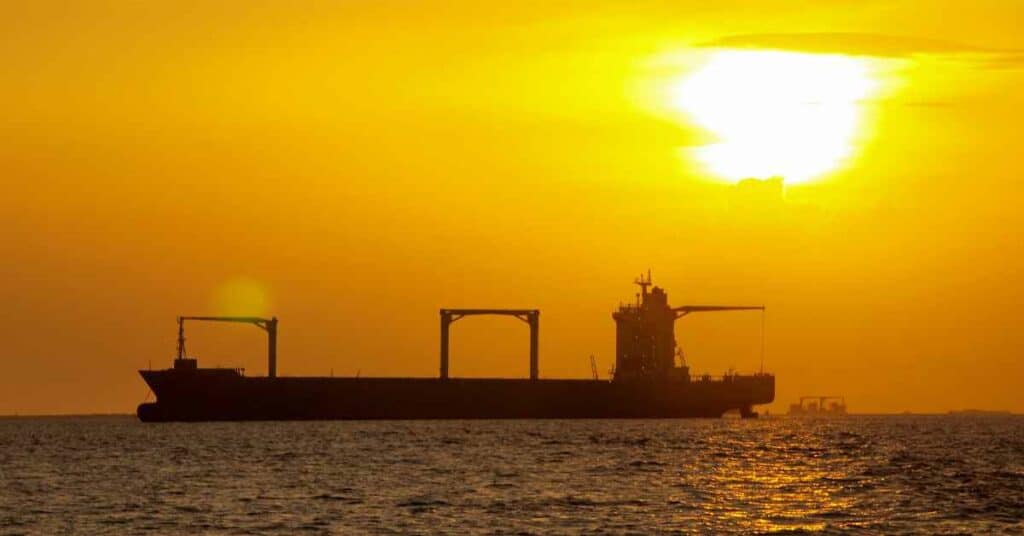
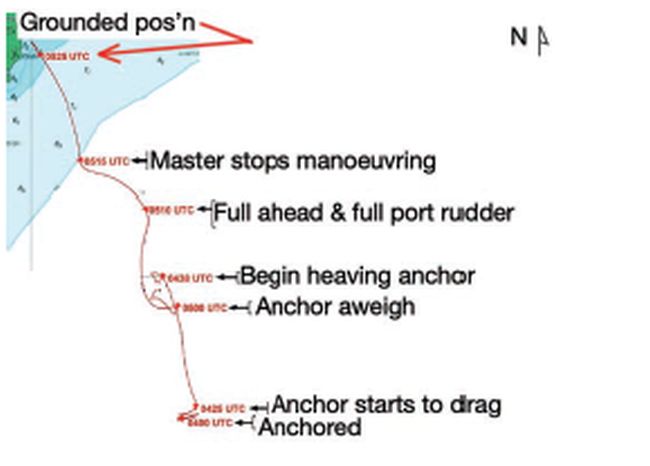

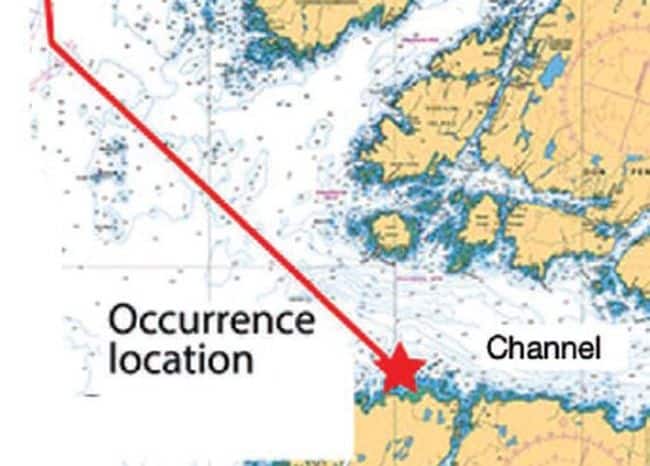
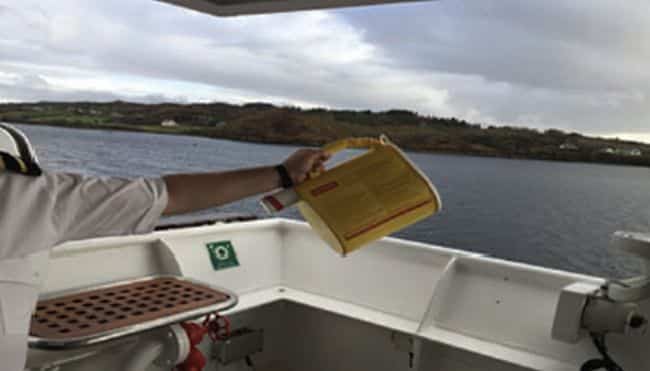
I have read this report, you can find it on the website of the MAIB. You have made an nice summary of the report. But i find it a very brief summary since there are more findings you can read in the report.
Maybe you can add this report to this page for reference.